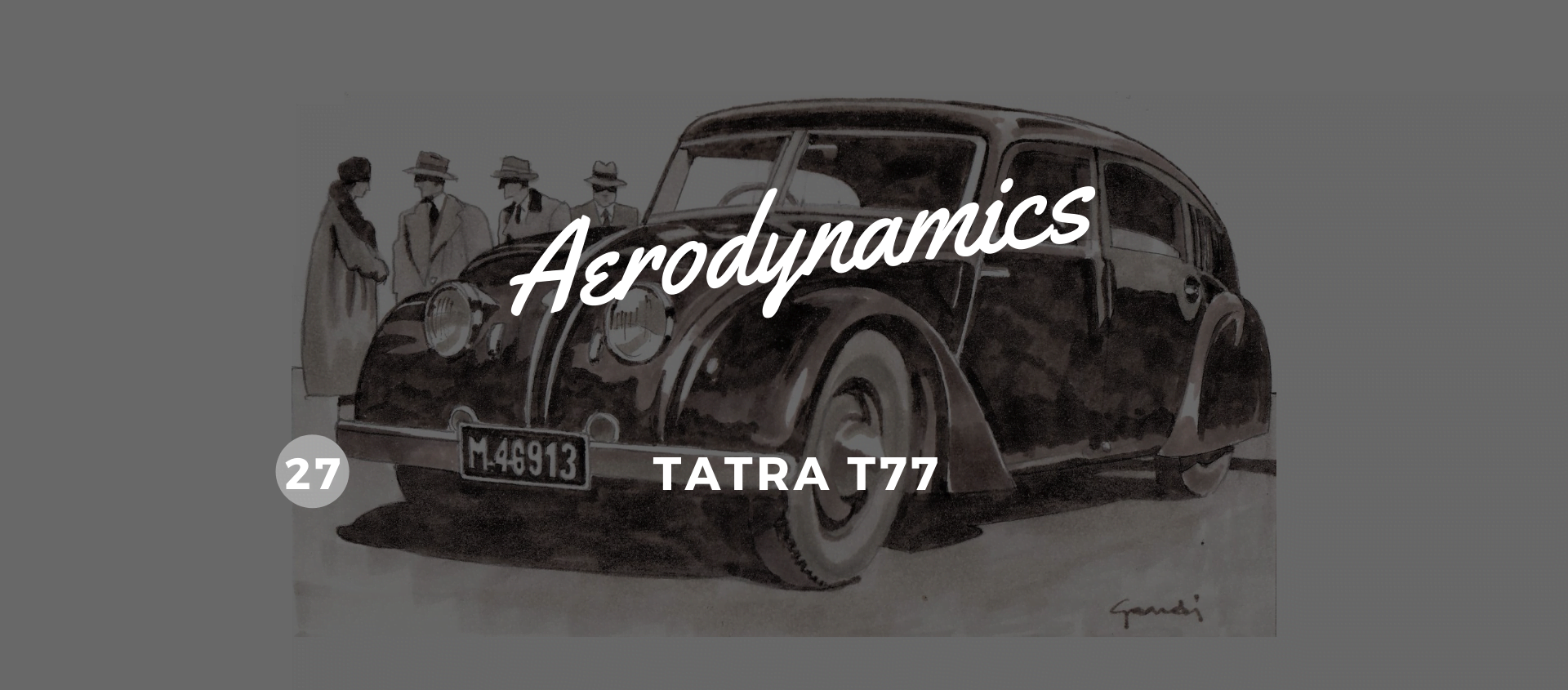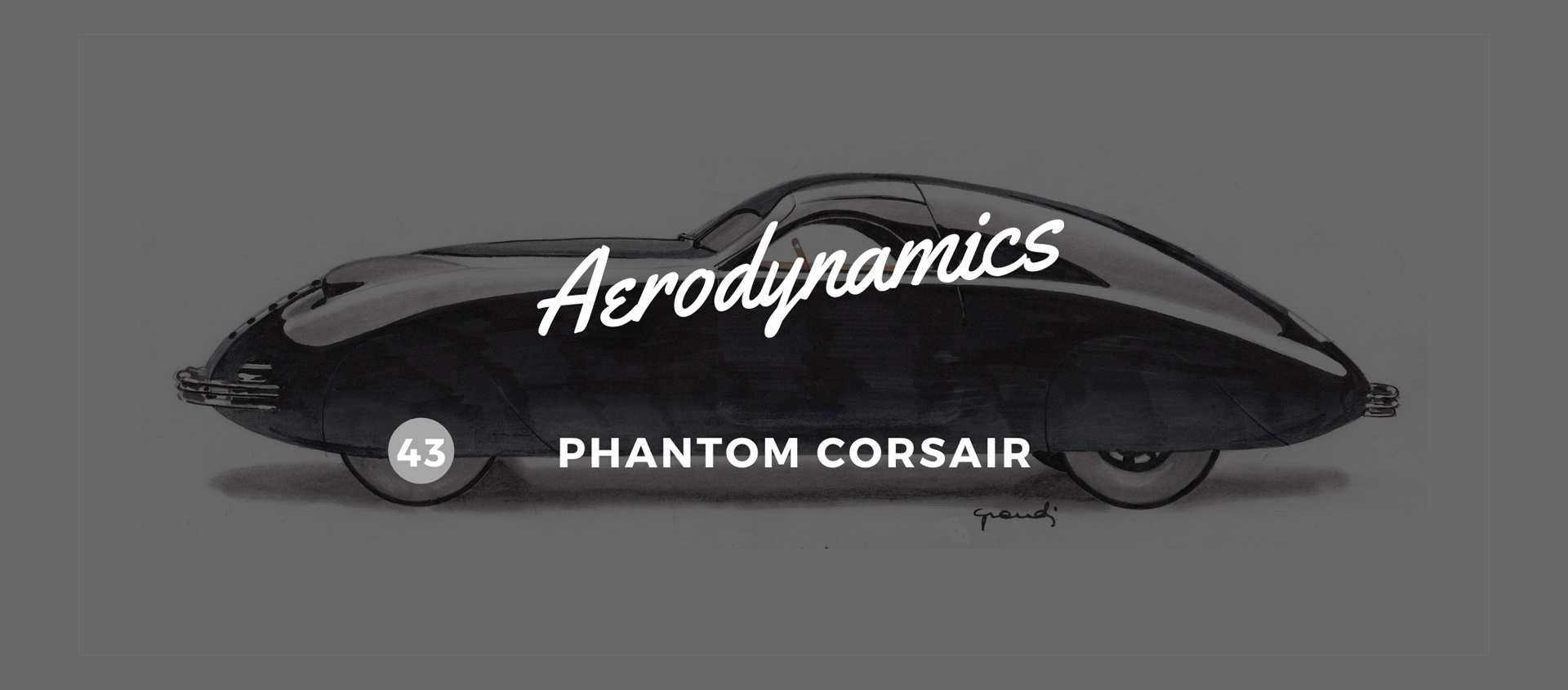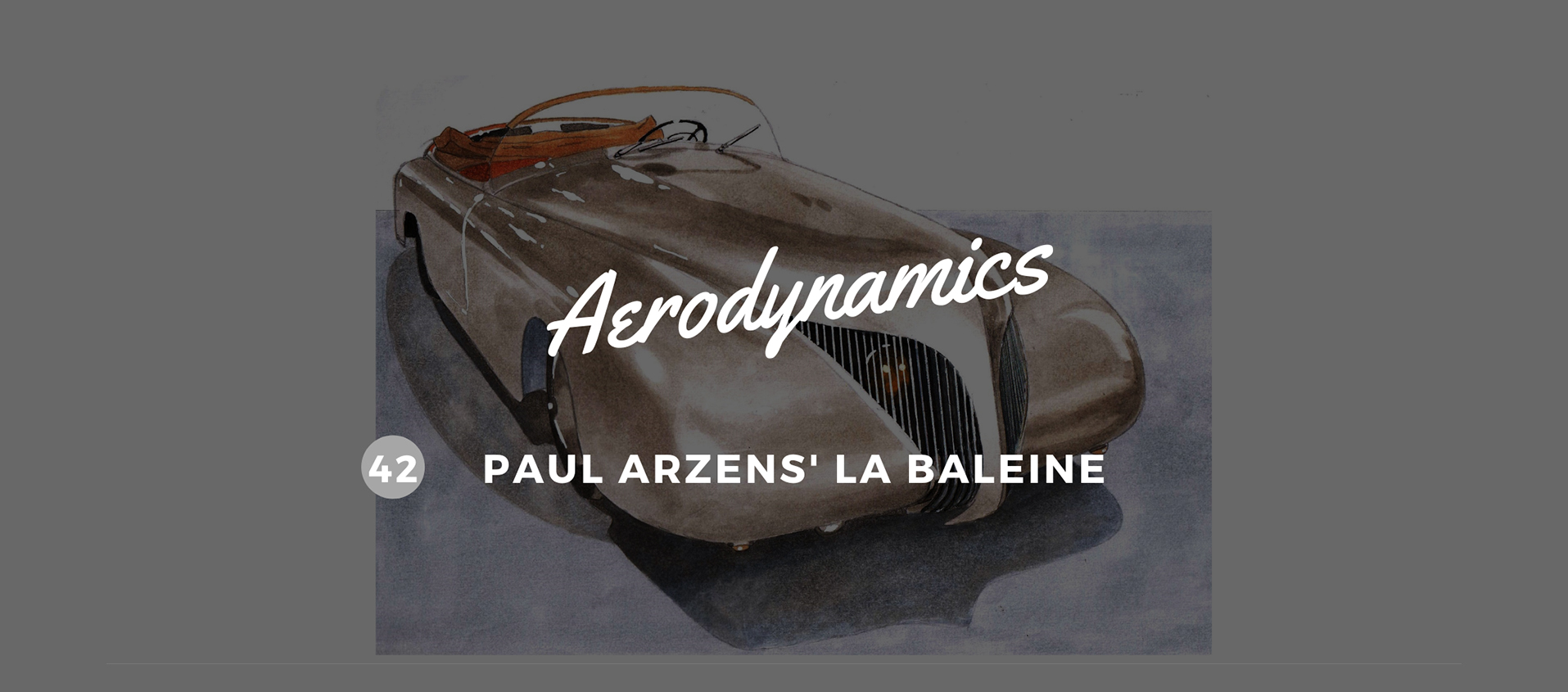A different kind of luxury
10 August 2020 1 min read 3 images

Including too much innovation in a model intended for large-scale production is always a rather risky choice. This is confirmed by what we see today: in fact, cars nowadays are so incredibly similar to each other that we can only tell who made them by checking the brand. Back in the 1930s, the little Tatra from which Ferdinand Porsche drew inspiration (to put it kindly!) for the VW Beetle seemed too ahead of its times, and the company therefore decided to develop the “streamlining”conceptsolely on its higher range models.
Register to unlock this article
Signing up is free and gives you access to hundreds of articles and additional benefits. See what’s included in your free membership. See what's included in your free membership.
Already have an account? Log In


